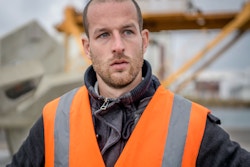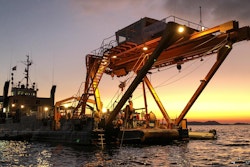Energy Observer Meets Seaboost, the Designers of the Sea
With the help of artificial reefs, Seaboost makes it possible to restore degraded underwater ecosystems.

Restoring Marine Biodiversity
Seaboost is committed to restoring marine biodiversity based on the following observation: excessive construction on the coast and overfishing have negatively affected the equilibrium in marine ecosystems. There are multiple environmental consequences, which are sometimes irreversible: the loss of marine biodiversity, destruction of key ecosystems, loss of essential ecological functions, and reduction of ecosystem services. Climate change adds to these negative effects and exacerbates them.
Seaboost works at the heart of these broken ecosystems, deploying practical and operational solutions that are directly inspired by nature and based on biomimicry. By allowing ecosystems to restore themselves, the enterprise reconciles human activity with marine biodiversity.
The Example of the Cortiou Inlet
At the heart of the Calanques National Park, as part of project Rexcor, Seaboost implements biogenic modules in order to restore an environment framework conducive to the return of underwater fauna and flora, especially in the cove of Cortiou, where we went to meet them.
In total, thirty-seven units in three different formats have been submerged underwater to restore the fauna and flora that have been destroyed by Marseille’ wastewater overflow released into the inlet over several decades.
The Mediterranean Sea: a Model for Developing Solutions
The Mediterranean Sea has been particularly affected by the negative impact of human activity: pollution, overfishing, degradation of the seabed… We need to find solutions to help repair what we have destroyed.
In this context, Seaboost provides a very good example of biomimicry, which demonstrates that if humans can be the cause of the problem, they can also be the solution. An innovative solution soon available in a video on our website.




